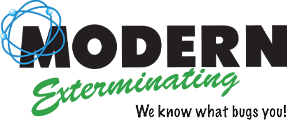- monitoring, identifying, and determining the level of threat from pests;
- making the environment hostile to pests;
- building the pests out by using pest-proof building materials;
- eliminating food sources, hiding areas, and other pest attractants;
- using traps and other physical elimination devices; and
- when necessary, selecting appropriate poisons for identified pests.
The above actions are discussed in more detail in the following section on the four basic strategies for controlling rodents.
Most homeowners have encountered a problem with rodents, cockroaches, fleas, flies, termites, or fire ants. These pests destroy property or carry disease, or both, and can be a problem for rich and poor alike.
To HERE to read more about how invasive household pests can affect your health.
Chapter 4: Disease Vectors and Pests | Center for Disease Control and Pests

